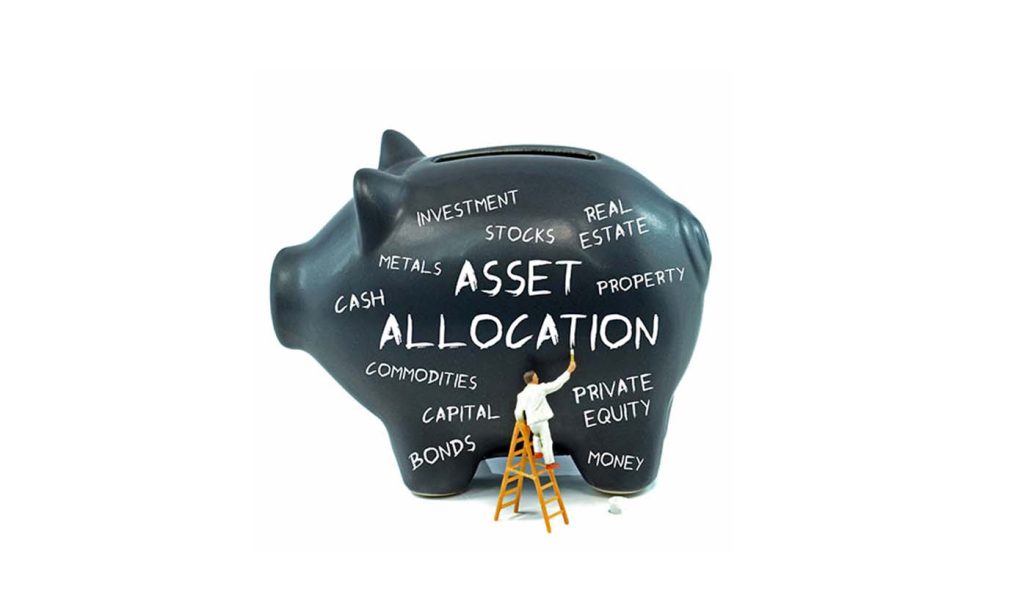Mitigating the “What-Ifs” to Secure Your Financial Future
Investing is an exciting journey, but it’s not without its hurdles. Whether you’re eyeing the next tech unicorn or buying into real estate, the thrill of potential gains often comes with the anxiety of unforeseen losses. This is where risk management becomes crucial. How do you manage the ups and downs of your investments, ensuring you’re not just rolling the dice?
Let’s break down the concept of risk in investing, why it matters, and—most importantly—how you can effectively manage it so that your portfolio can handle whatever life throws at it.
Understanding Risk: What Are We Really Talking About?
Risk in investment terms is essentially the chance of losing some or all of your investment due to market fluctuations, economic events, or company-specific issues. But here’s the thing: Risk isn’t always bad. It’s an integral part of generating returns. Without it, there’d be no growth.
To effectively manage risk, we need to break it into manageable chunks and look at the types of risk investors typically encounter:
- Market Risk (Systematic Risk):
This is the risk associated with the broader market or economy. Think of things like recessions, political upheaval, or global pandemics. These events impact virtually all investments. - Asset-Specific Risk (Unsystematic Risk):
These risks are tied to individual assets, such as a company’s management decisions, product launches, or industry-specific shifts. A new iPhone release or an oil spill can cause a stock price to tumble, regardless of the broader market’s performance. - Liquidity Risk:
This happens when you can’t sell an asset quickly enough without affecting its price. If you own something like real estate or niche collectibles, it might take longer to sell, and you may not get the price you expect. - Interest Rate Risk:
For those with bond holdings, this is a key factor. When interest rates rise, bond prices tend to fall. If the Federal Reserve raises rates to control inflation, bondholders may see declines in value. - Inflation Risk:
Over the long term, inflation erodes the purchasing power of your investment returns. For instance, if inflation is 3% a year, your portfolio needs to grow at least 3% to just maintain its real value.
Understanding these risks helps you assess how much potential damage your portfolio might face and how to hedge against those dangers.
The Role of Diversification in Risk Management
Diversification is often the first strategy that comes to mind when discussing risk management. But what does it really mean?
Diversification is the process of spreading your investments across different asset classes, sectors, and geographic regions so that a downturn in one area doesn’t wipe out your entire portfolio. It’s like the old adage: Don’t put all your eggs in one basket.
How to Diversify:
- Across Asset Classes: This means mixing stocks, bonds, real estate, commodities, and even cash. Stocks may have high potential for growth, but they also carry higher risk. Bonds, on the other hand, are more stable and can provide consistent income, but with lower returns. Real estate can be a good hedge against inflation and market volatility.
- Sector Diversification: If you invest only in tech stocks, you could be hit hard during a tech market downturn (think 2000’s dot-com bubble). But, if you also invest in healthcare, energy, and financials, a decline in one sector might be offset by growth in another.
- Geographic Diversification: The world is a big place! Investing in global markets can help spread risk. For example, when the U.S. market is struggling, markets in emerging economies or Europe may be doing better. International stocks or ETFs can bring this benefit to your portfolio.
Why Diversification Works:
In simple terms, when one investment falls, another may rise. Over time, this smooths out the peaks and valleys, giving you more predictable returns. But, keep in mind, diversification doesn’t completely eliminate risk—it just reduces it.
Rebalancing: Keeping Your Portfolio in Check
Over time, some assets in your portfolio will outperform others. You might find your portfolio overweighted in a particular asset class—let’s say, a stock that has done incredibly well over the past few years. While that’s great for returns, it might also increase your exposure to risk.
Rebalancing is the process of adjusting your portfolio to return it to your original asset allocation. For instance, if your target allocation is 60% stocks and 40% bonds, and stocks have surged to 70%, you’d sell some of your stocks and buy more bonds to bring things back to the intended balance.

Why Rebalancing Matters:
- It locks in profits from over-performing assets.
- It reduces exposure to sectors or assets that may be overpriced or too volatile.
- It maintains your risk tolerance, ensuring that you’re not taking on more risk than you’re comfortable with.
Ideally, you should rebalance at least once a year—or more frequently if markets are particularly volatile.
Risk Tolerance: The Heart of Your Investment Strategy
Risk tolerance refers to the amount of risk you’re willing to take in order to achieve your financial goals. It’s a personal measure and varies from person to person.
Factors that influence your risk tolerance:
- Age: Younger investors have a higher risk tolerance because they have more time to recover from losses.
- Time Horizon: If you need the money in a few years (for a home purchase, for example), your risk tolerance should be lower. If you’re investing for retirement 30 years away, you can afford to take on more risk.
- Income and Expenses: If you have a steady job and little debt, you might be comfortable with more risk. But if you’re self-employed or have irregular income, you may prefer more stability in your portfolio.
A good exercise is to ask yourself:
- How would I feel if my portfolio dropped by 20% in a year?
- Would I panic or stay calm and stick to my long-term plan?
Once you know your risk tolerance, you can tailor your asset allocation to match. If you’re risk-averse, stick to a mix of bonds, dividend-paying stocks, and cash equivalents. If you’re aggressive, you might lean more into growth stocks, cryptocurrencies, and international markets.
Recommended Investment Products for Risk Management
- ETFs & Index Funds:
- Vanguard Total Stock Market ETF (VTI) – A diversified, low-cost way to own U.S. stocks across sectors.
- SPDR S&P 500 ETF (SPY) – Offers exposure to the top 500 companies in the U.S. stock market.
- Vanguard Total Bond Market ETF (BND) – Provides exposure to the broader bond market for more stable returns.
- Target-Date Funds: For those who don’t want to deal with the complexities of rebalancing, target-date funds automatically adjust your asset allocation as you near retirement.
- REITs (Real Estate Investment Trusts): REITs allow you to invest in real estate without owning physical property. They can provide strong income and act as a hedge against inflation.
- Treasury Inflation-Protected Securities (TIPS): These government bonds are designed to protect against inflation. A great way to add stability and inflation protection to your portfolio.
- Diversified Mutual Funds: These funds pool money from many investors and invest across various assets—stocks, bonds, international holdings—allowing for instant diversification.
- Alternative Investments: Commodities (gold, oil) and private equity can act as a hedge against traditional market risk.

Wrapping Up: Risk Is Manageable, Not Avoidable
Risk is an inherent part of investing, but it doesn’t have to be the boogeyman. With the right strategies—like diversification, rebalancing, and understanding your risk tolerance—you can manage it effectively.
A key takeaway is that it’s not about avoiding risk; it’s about balancing it. After all, a portfolio that’s too safe won’t get you to your goals, and one that’s too risky might cause sleepless nights.
Managing risk is about understanding what you’re comfortable with, aligning that with your goals, and choosing the right products and strategies to fit your unique situation.
So, if you want to sleep easy at night, get to know your investments, regularly review your portfolio, and always stay grounded in your financial goals. Risk doesn’t have to be a four-letter word—it can be the key to your investment success.
